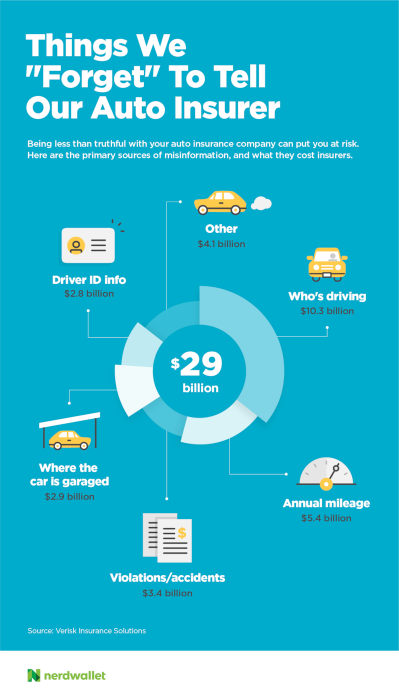It doesn’t take much to make an individual investor uneasy about the market these days, especially when retirement savings are at stake. Just scanning today’s headlines is like taking a walk through a minefield of trigger words: interest rates, tax laws, international politics, the Affordable Care Act. But while Main Street is testing out casserole recipes in anticipation of a stock market wake, Wall Street’s whooping it up with daily happy hours to toast new record highs.
What’s an investor to do? Not this
In times of uncertainty and conflicting signals, it’s tempting to cut off the flow of money to your 401(k) and move into “safer” (aka not stocks) investments.
Bad idea.
Recent history shows that opting out of investing in the market is more harmful than doing nothing at all. A Fidelity study of more than 11 million accounts of 401(k) participants found that investors who pulled money out of the market at the end of 2008 or the beginning of 2009 (during the thick of the financial crisis) and stood on the sidelines through March 2010 lost an average of nearly 7% in their 401(k) accounts. And what about savers who just let things ride? The data showed that investors who continued to make regular contributions and maintained their stock allocation from September 2008 to March 2010 saw their 401(k) balances increase roughly 22%. Hibernating isn’t a bad strategy
There aren’t many situations where sitting on your hands and biding your time is an act of bravery. But as the Fidelity data shows, when it comes to managing your retirement savings (401(k)s, IRAs and all other types of retirement plans), it’s a pretty effective strategy. To cultivate that mindset and resist the fight-or-flight impulses that get investors in trouble, keep these things in mind:
Recognize that dips are part of normal market cycles
Circulation may not have yet returned to your hands from the white-knuckle ride of 2016 (trigger warning: January freefall, Brexit, presidential election). As bad as things got, by the end of the year the Dow Jones industrial average was up more than 13%, the Standard and Poor’s index up 9.5% and the Nasdaq gained 7.5%. Remember, it’s a retirement savings account
This is not your day-trading account. This is your decade-trading account. What matters is how on-target you are to reach your long-term goals, not your daily, monthly or even annual returns. Short-term market volatility is just noise, unless you’re retiring in, say, the next two minutes to five-ish years, in which case the money you’ll need to cover expenses in the early years shouldn’t be invested in stocks anyway. >>MORE: IRAs vs. 401(k): How to Choose Your Retirement Accounts
You have to participate to get the perks
A workplace retirement plan is more than just a convenient way to save for the future. One of the perks of participating in a workplace plan is that the money you contribute to a traditional 401(k) lowers your taxable income for the year on a dollar-for-dollar basis. In 2017 you can sock away up to $18,000, or $24,000 if you’re 50 or older. (You don’t get the upfront tax break in a Roth 401(k), but like in a traditional 401(k), your investments grow tax-free.) Another reason to continue making contributions is if your employer offers a match: That’s a guaranteed positive return on a portion of the money you direct into the plan. Best of all, these benefits of investing in a 401(k) remain unaffected by any stock market volatility. >>MORE: Try our 401(k) calculator
Don’t second-guess the future of your best investments
There’s something to be said for an investment that, during a down cycle, loses less than its peers. It’s often a sign of strength. But by selling at the first sign of trouble, you lock in your losses and risk missing out on the rebound. A JPMorgan paper published in 2016 notes that six of the 10 best market performance days from January 1996 through December 2015 occurred within two weeks of the 10 worst days. Time — giving your investments time to bounce back from a bad spell — not market timing is the key ingredient to surviving uncertainty. Maintain balance
Not just emotionally, but within your 401(k). If you haven’t reviewed that pie chart of how your money is spread around (e.g., domestic companies, small stocks, international, bond market, etc.) since 2016’s rock star returns, now’s a good time to check in. You may need to move the furniture around to return it to your original plan. (Here are five steps for rebalancing a 401(k).) Just remember to stick to the original plan (the one you put in place when calmer heads prevailed) and resist the urge to adjust your risk tolerance based on today’s headlines. Dayana Yochim is a staff writer at NerdWallet, a personal finance website: Email: dyochim@nerdwallet.com.Twitter: @DayanaYochim. This article was written by NerdWallet and was originally published by Forbes. The article How To Manage Your 401(k) in Uncertain Times originally appeared on NerdWallet.





















